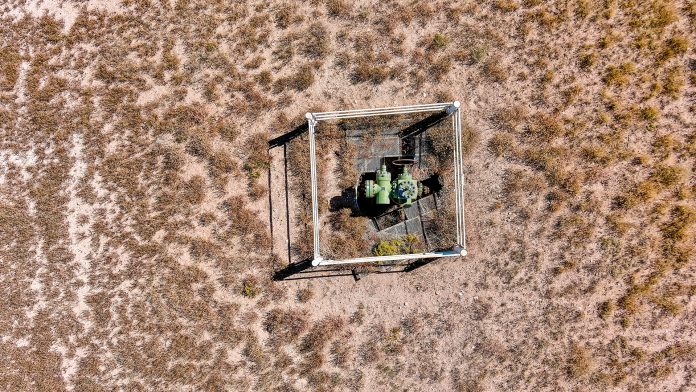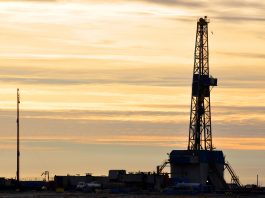Pulsar Helium Inc. (TSXV:PLSR & FRA:Y3K) is pleased to announce that processing of the passive seismic survey at the Company’s wholly-owned Topaz helium project in Minnesota, is complete.
A significant and distinct shear wave velocity anomaly (velocity decrease) has been identified at the Topaz helium project. It was identified at the same depth (542 metres) where gas containing 10.5% helium was encountered in the LOD-6 discovery well.
This dataset provides crucial, high-fidelity comprehension in relation to the gas reservoir geometry and potential size, substantiating existing findings.
This velocity anomaly is interpreted to represent the lithology which hosts the helium-bearing gas reservoir(s). The velocity anomaly persists to a depth of approximately 1,150 metres, giving it a vertical thickness of approximately 600 metres and covering an aerial extent of ~7 square kilometres. The vertical thickness of the velocity anomaly increases to the northeast to ~1km and is connected to another velocity decrease which dips and broadens towards the west. Both directions remain open, with their extent limited to that of the passive seismic survey array.
Above the LOD-6 gas discovery depth are flat-lying geologic units with high shear wave velocity that are laterally continuous across the passive seismic survey area.
Pulsar Helium has access to the LOD-6 well drill core at the Topaz helium project, which has been re-logged and confirmed that these high shear wave velocity units consist of igneous rocks that are typically impermeable with exceptional gas sealing potential.
What does this mean for Pulsar Helium’s upcoming appraisal well?
The appraisal well, named Jetstream#1, is scheduled for February 2024, and will be drilled within approximately 20 metres of the LOD-6 discovery well that flowed 10.5% helium.
The well is designed to penetrate deeper than the 542-metre discovery depth with the objectives of re-entering and evaluating the gas zone and determining whether any additional deeper reservoirs are present. All permits are in place for the appraisal well, the rig contract is signed, and all Topaz helium project site works are completed.
The passive seismic survey observations are highly encouraging and validate its use to locate gas reservoirs and cap rock lithologies within the Topaz helium project geological setting. The passive seismic data is now being interpreted in conjunction with the FALCON gravity gradient and magnetic data that Pulsar acquired in 2022. Further updates will be provided in due course.
Passive seismic, formally called ambient noise tomography (ANT), is a cost-effective and non-invasive geophysical method employing background seismic noise generated by human activities or natural sources to generate 3D maps of subsurface structures. By analysing the variations in ambient noise propagation, geoscientists can measure details about the velocity and properties of geological bodies.
Pulsar’s President & CEO, Thomas Abraham-James, commented: “The results of the passive seismic survey exceed our expectations. To see the velocity contrast at the depth where the discovery of well-intersected gas with 10.5% helium content is simply ideal.
“We are also buoyed by the vertical thickness of the interpreted reservoir host lithology and it being laterally continuous. This suggests that we are looking at a reservoir with the potential for regional scale.
He concluded: “The team and I are now focused on successfully executing the Topaz project’s appraisal well drilling programme.”









